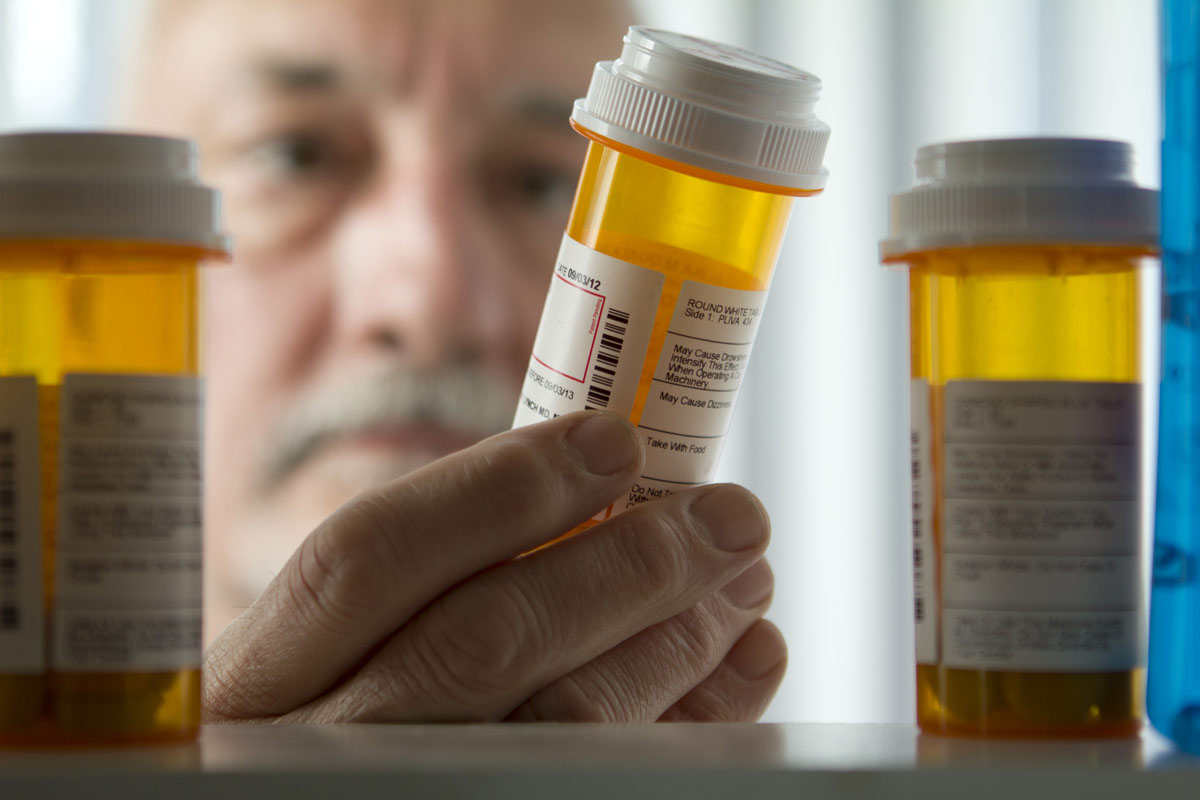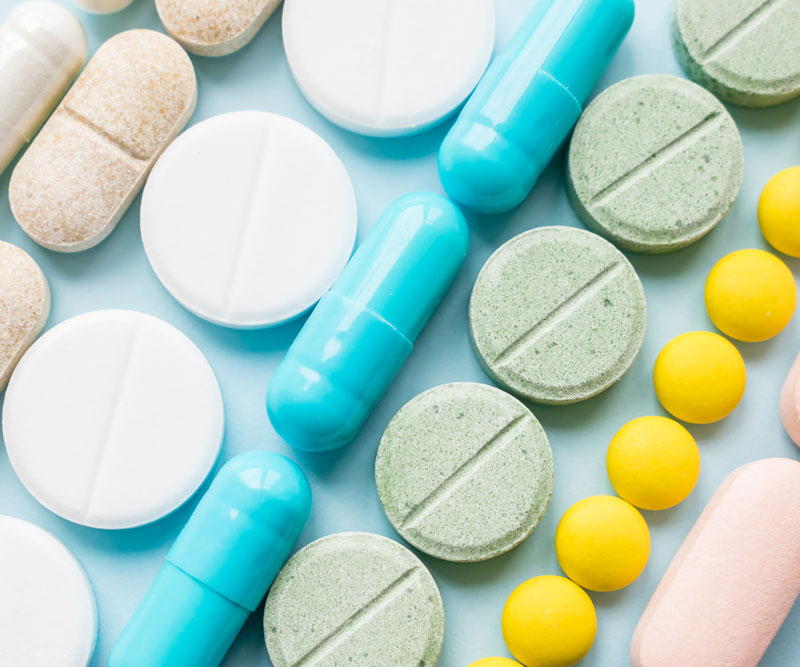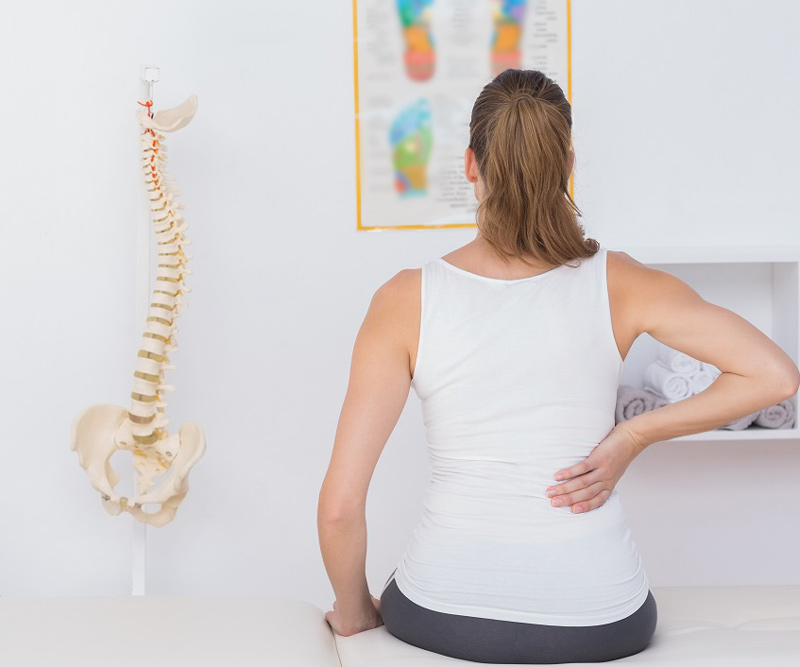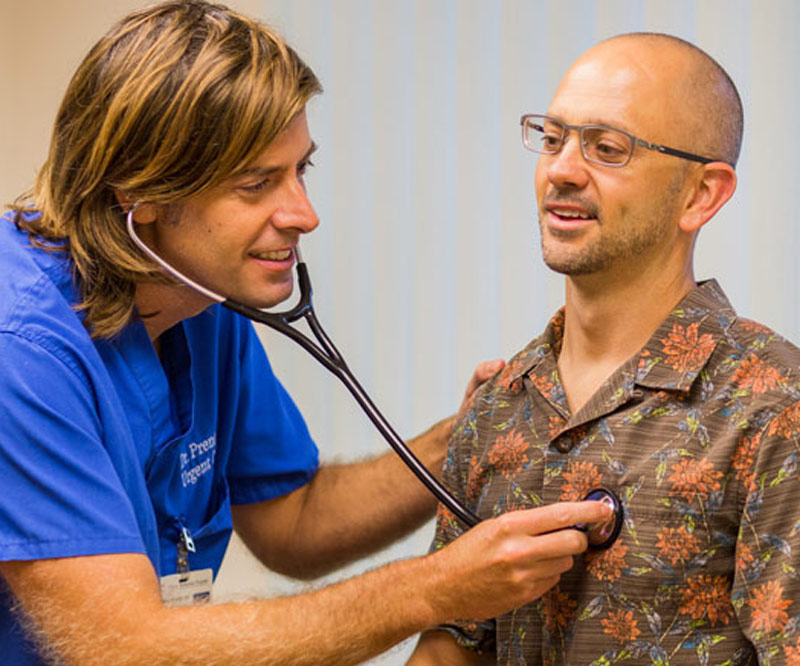
Prescription Drug Abuse: When Rxs Aren’t Safe
Prescription drug abuse is a growing problem in the United States.
According to the most recent National Survey on Drug Use and Health (NSDUH), rates of prescription drug abuse in the U.S. are on the rise, with twice as many Americans currently abusing prescription drugs than the number of those using cocaine, hallucinogens, inhalants and heroin combined.
What’s more, the Centers for Disease Control and Prevention reported that the number of deaths from prescription narcotics increased fourfold during the past decade, classifying prescription drug abuse as an epidemic.
“The abuse of these medications is a national problem, and unfortunately, this is becoming a growing problem for teenagers,” says Straub Medical Center Director of Pharmacy Joy Matsuyama.
“At the other end of the spectrum, there has been increasing (prescription drug) use in women in their late 50s and early 60s,” adds Lois Nash, director of pharmacy at Pali Momi Medical Center.
“Older women who are not street-savvy are at high risk for unintentional overdose,” Nash says.
When Rxs Aren’t Safe
By definition, prescription drug abuse occurs when someone takes a medication that was prescribed for someone else, or takes their own prescription in a way not intended by a doctor or for a different reason – like getting high.
“When prescription drugs are taken as prescribed by a physician for a specific purpose, they are usually safe. However, when the same drugs are taken at different doses for different purposes, their effects can be harmful,” Matsuyama states.
Because prescription or over-the-counter (OTC) medications can be obtained legally, people assume they are safer than illicit drugs. That, however, only rings true if the medications are used as prescribed and for indicated purposes.
“Once they are used for other purposes and possibly in larger doses, their effects on the body and brain may lead to addiction and other physiologic problems, depending on the drug,” Matsuyama says.
“Illegal diversion of narcotic drugs, especially oxycodone and hydrocodone, lead to widespread illegal availability,” Nash adds.
Methods of diversion can include:
- Online pharmacies.
- Theft or forgery of prescription pads.
- Theft of drugs.
- “Physician shopping” by patients.
“This has caused an increase in narcotic use in young people, who represent a significant proportion of drug users,” says Nash, noting that of the 2.8 million drug users reported by the NSDUH in 2013, more than half were age 18 years or younger.
Common Culprits
The National Institute on Drug Abuse, a federally funded research institute under the National Institute for Health, supports most of the world’s research on the health aspects of drug abuse and addiction.
According to NIDA, commonly abused prescription drugs include:
- Opioids – painkillers like codeine, OxyContin, Vicodin and morphine.
- Depressants – medications used to relieve anxiety or help a person sleep, such as Valium or Xanax.
- Stimulants – medications used for treating attention deficit hyperactivity disorder (ADHD), such as Adderall and Ritalin.
“These opioid drugs are abused for their ability to create a sense of euphoria, and they are very addictive,” Nash states. “Many users will take a stimulant to get high and a depressant to come down from the high so that they can sleep.”
Commonly abused OTC drugs are cough and cold remedies containing dextromethorphan, which are combined with other everyday products that are easily available.
What You Can Do
“The key to preventing prescription and OTC drug abuse is to take medications ONLY as directed by your physician,” Matsuyama stresses. “Do not share with family and friends! Sharing prescription medications, such as pain relievers, may lead to prescription drug abuse, since a physician is not involved.”
“Take only the amount of medication prescribed for you,” seconds Nash. “Do not take extra doses without consulting with your physician, and never give your prescription medicine to anyone else, even if you think they have the same symptoms you do.”
One common mistake many people make, says Nash, is storing their medications in the bathroom “medicine cabinet".
“Keep your medications in a secure, safe place where visitors to your home cannot have easy access to them,” Nash says. “The bathroom is a poor place to store medications anyway, because the exposure to heat and high humidity can affect the drug, perhaps decreasing the effectiveness or shortening the expiration date.”
“The least medications you are on, the better,” says Dr. Sashi Braga, a family medicine physician at Kauai Medical Clinic.
“Multiple medications increase the risk of side effects and other undesirable side effects,” Braga explains.
Braga advises patients to:
- Follow doctor’s orders and take medications only as directed.
- Avoid painkillers. “They are not good for you, except when strictly needed,” Braga states.
- Complete health maintenance checks for cholesterol levels and blood sugars, and get preventive screenings, such as pap smears, mammograms and colonoscopies.
“Stay healthy, and hopefully you won’t have to take medications,” Braga says. “Prevention is key!”
Toss Trash, Not Drugs
If you do require prescription medications for certain health issues and conditions, remember to dispose of any unused medications properly.
“Dispose of any extra medications once you have completed your therapy,” Matsuyama says. “Proper disposal of prescription and OTC drugs may help decrease the likelihood of having extra prescription and OTC drugs available for use inappropriately by the patient, as well as friends and family.”
Expired medications also should be disposed of, as their chemical composition can change and, over time, they may become less effective or potentially harmful.
“If you want to get rid of old meds, do not throw them in the trash or flush them down the toilet!” Nash says. “Your local police department sponsors ‘Drug Take-Back’ events throughout the year. They will take the medications and safely dispose of them.”
Visit the U.S. Food and Drug Administration’s website for recommendations on how to dispose of medications safely.
Published on: September 26, 2015




